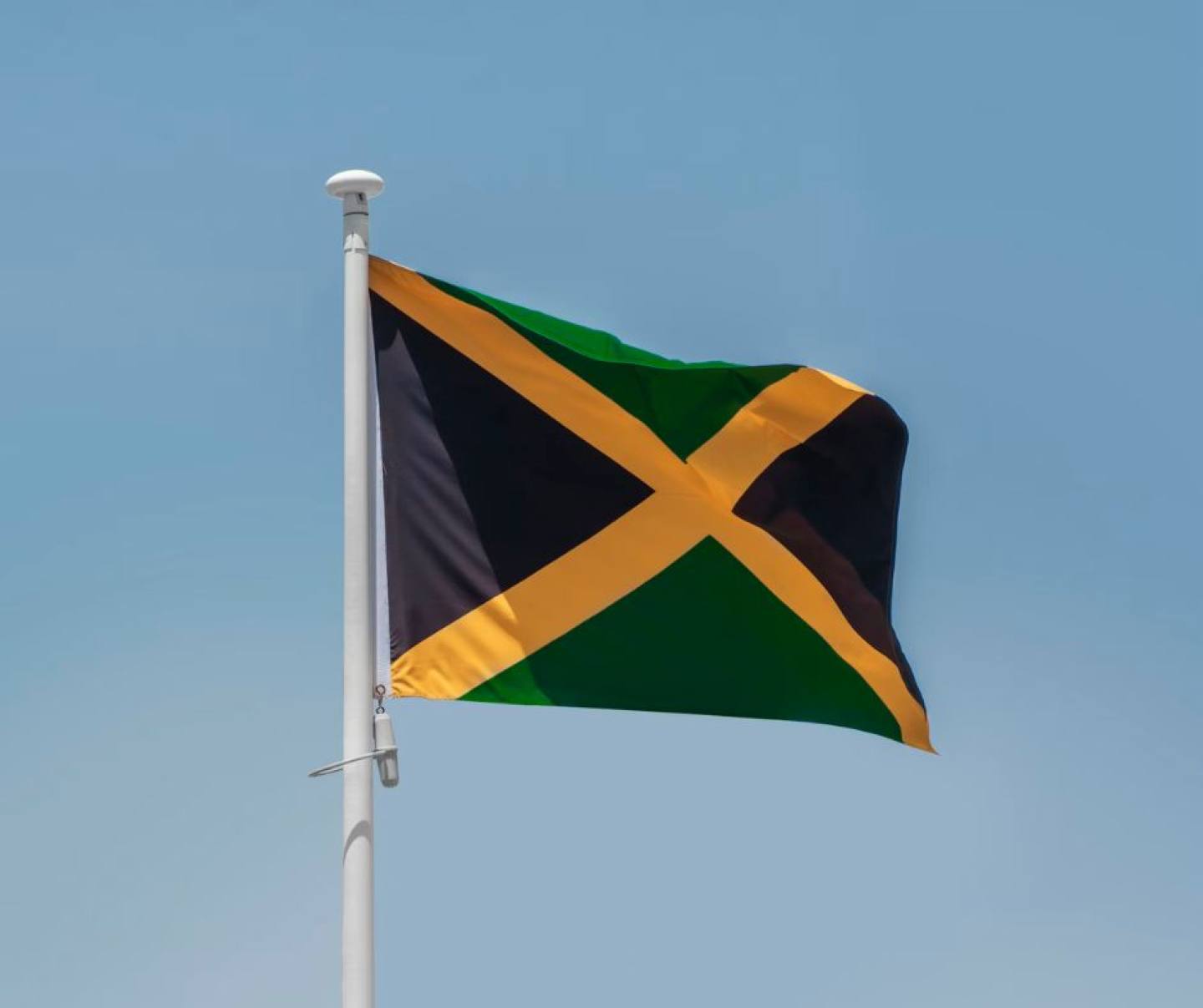THE JAMAICAN FLAG
The Story about the Jamaican Flag
Published by the Jamaica Gleaner
Writer: Paul H. Williams
Photo: Adoobi Vesakaran (Unsplash)
Date: August 12, 2025
THE JAMAICAN flag is one of the world’s most recognisable national symbols. Its story started on September 30, 1961 when a competition was announced for the design of a national flag, since political Independence was expected the following year. The prize money was £100.
The then People’s National Party (PNP) government was led by Premier Norman Manley, who read a ministry paper in the Houses of Parliament on September 30, 1961 on the soon-to-be national emblems.
A committee was named to recommend the best designs to the government, who in collaboration with a joint committee of the Legislature, would reach an agreement on the design selected. The committee consisted of sculptress Edna Manley; Lieutenant Colonel David Smith; H. L. Lindo; Bernard Lewis; Edgar Stewart; Eric Coverley; and Allan Morais.
The closing date for the submissions of the flag designs was set for March 10, 1962. Twelve designs would be shortlisted. Three hundred and sixty-eight designs were accepted and examined, and the requisite shortlist of 12 was forwarded to the Bipartisan Committee of the Legislature through the chairman of the Independence Celebrations Committee for adjudication. However, not one of the designs was accepted.
The PNP lost the election of April 1962, making the Jamaica Labour Party’s Alexander Bustamante Jamaica’s second premier, who, upon assuming office, initiated arrangements for the setting up of a bipartisan committee under his chairmanship to re-examine the shortlist of the 12 designs.
The Parliamentary Committee consisted of Donald Sangster, minister of finance; Edwin Allen, minister of education; Edward Seaga, minister of development and welfare; and N. N. Ashenheim, minister without portfolio, representing the government; and, Florizel Glasspole; Wills O. Isaacs; Dr Glendon Logan; B. B. Coke; and Dudley Thompson, representing the Opposition.
The Daily Gleaner of Thursday, June 7, 1962 lead headlines blare, ‘THE FLAG: BLACK, GOLD, AND GREEN’; ‘Joint Parliamentary Committee reaches accord’; ‘Design before the House for approval’. The lead paragraphs say, “The Jamaica national flag will carry three colours: black, gold and green. Agreement on this and the design of the flag has been reached by the Joint Parliamentary Committee of the House of Representatives, according to a ministry paper tabled in the House, yesterday.
“The committee agreed that the flag should consist basically of horizontal stripes. The colours should be arranged so that there would be a centre black band with gold stripes above and below and with outer stripes of green at the top and bottom.
“It was emphasised in the ministry paper that the Joint Committee rejected as undesirable, the principle that racial origins should be represented by separate colours in the national flag since this was divisive rather than unifying.”
It turned out that the flag was too similar to the flag of the African country then known as Tanganyika. The colours of black, green and gold were kept, but the design was changed. Black represented hardships overcome and to be faced; gold represented natural wealth and beauty of sunlight; and green represented hope and natural resources.
Thus, the flag was interpreted as “hardship there are, but the land is green and the sun shineth”, as stated in the Government Ministry Paper No. 28 – Jamaican National Flag, dated May 22, 1962. When the new design was announced in the House of Representatives on June 20, 1962 by house leader Donald Sangster, it was approved by all the House members.
In 1996, the symbolism of the flag was changed to, “The sun shineth, the land is green and the people are strong and creative”. Black depicts the strength and creativity of the people; gold, the natural beauty of the sunlight and the wealth of the country; and green signifies hope and agricultural resources.
August 2025
Copyright © Experience Jamaique. All Rights Reserved. Designed and Developed by LucraLux Marketing.





